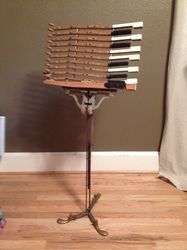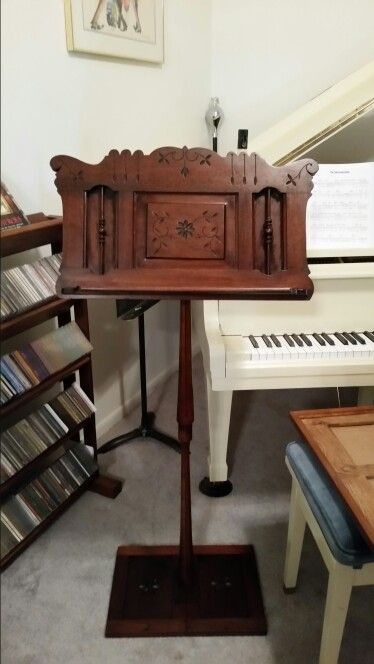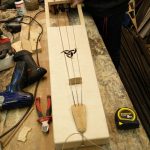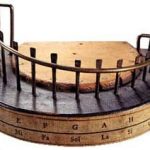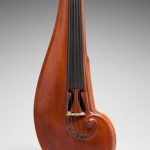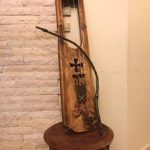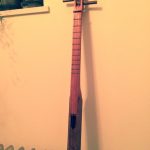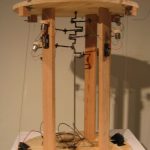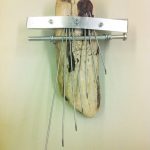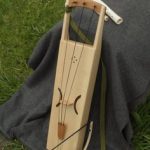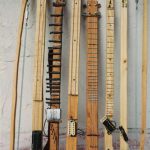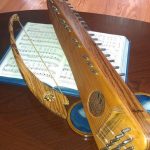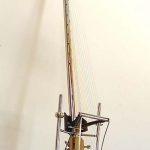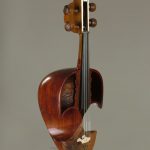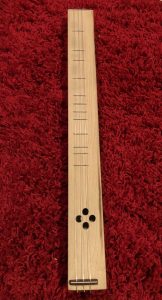
Philip Boulding improvising on his piano art in Winthrop, WA
What a wonderful concept of converting one musical instrument into another! This has been done many times.
- Piano soundboards have been used to make the body of numerous stringed instruments, such as guitars, lutes, zithers, mandolins, dulcimers, and more. Piano soundboards are generally a quarter of an inch thick, and are made from Alaskan spruce with even grain.
- Another application for soundboards is to make box drums, because the wood is durable and resonant.
- The piano harp with the strings tuned to various scales can be played as a harp, a dulcimer, a slide guitar, or a drum.
- Many of the dowels, sticks and rods in a piano can be used as beaters or drum sticks.
- Another use for a harp is to make a giant wind chime. Position the iron plate with the strings still on it outdoors in a windy area. Using string, wire, rods, or other supports hang objects of varying materials, sizes, and hardness positioned so that as the wind blows these strikers hit random or specific piano wires to create tones.
- The hardwood from the pedal levers is usually maple. This wood makes excellent bridges, fingerboards, tuning pegs, and other components used in the making of stringed instruments.
- The maple from the pedal levers also can be laminated, run through a jointer and a planer, and made into the actual body of a solid-bodied single or multi-stringed instrument, strong enough to hold the tuning pins and hitch pins.
- Metal parts can be cut and ground to shape buttons, tabs, finger stops, air levers, etc. for wind instruments.
- Instrument stands or hangers can be made from various wood parts. Many guitar players use guitar stands, but think how useful a stand might be for other instruments as well. For decoration, space, or convenience, instruments are frequently hung on walls.
- Some beautiful music stands have been made from ornate music boards.
- Trimpin, an avant-guard artist, laid piano harps on their backs on supports that could tilt and move. He placed steel balls on the wires, constructed electronically operated pluckers, and devised strikers that rode back and forth on rails to contact specific notes. A computer program operated everything. He created several different versions of self-playing computer-operated piano harps, each painted in different colors.
- The Sound Cave, created by Tyson Ayers, is an entire concept of experiencing music with piano harps.
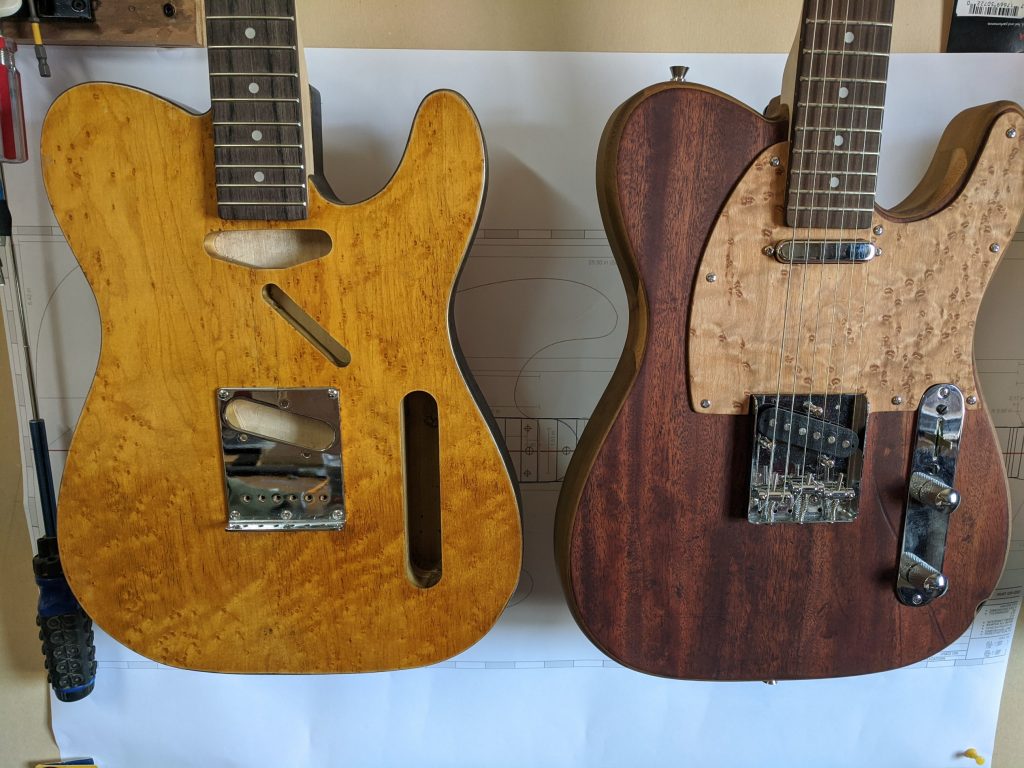
Music Stands
